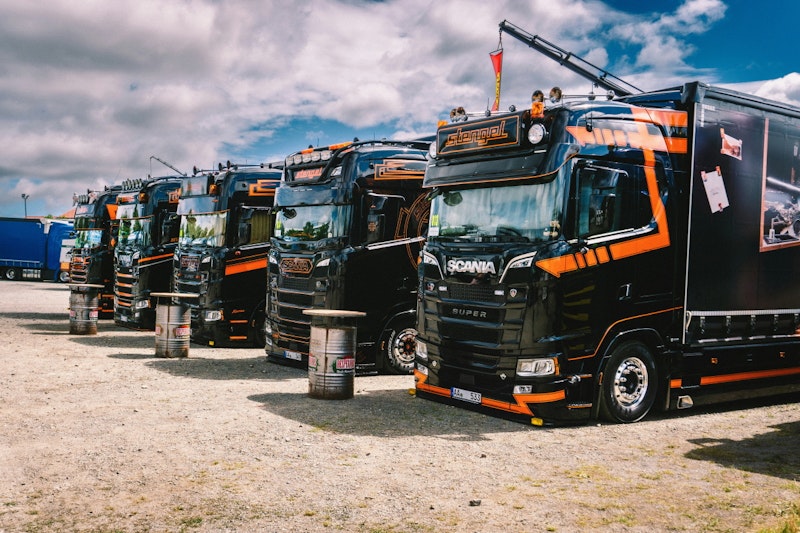Buying vs Leasing: What’s Right for Your Business?
- by admin
- October 8, 2025
- Bookkeeping tax management
Every business relies on certain key tools to get the job done – whether that’s a delivery van for your food service or a high-quality printer for your print shop. The big question is: should you buy these assets outright, or lease them and spread the cost over time?
Buying – The Ups and Downs
Pros:
- An asset you own: When you buy, the item is yours. It sits on your balance sheet, adds to the value of your business, and may qualify for tax deductions through capital allowances.
- Control and flexibility: You can use the asset for as long as it lasts and even sell it later to free up cash if needed.
Cons:
- A big cash hit: Buying upfront can drain funds that might be better used elsewhere in the business.
- Extra borrowing may be required: If you don’t have the cash, you may need finance – which adds liabilities to your balance sheet.
Leasing – The Ups and Downs
Pros:
- Lower upfront cost: Leasing makes expensive equipment more accessible, especially for start-ups and smaller businesses.
- Easier cashflow management: Payments are spread over time, freeing up money for other business priorities.
Cons:
- No ownership (in most cases): Depending on the lease type, you may not own the asset at the end.
- Potentially higher overall cost: With fees and interest, leasing can cost more in the long run.
- Risk of losing the asset: If cashflow is tight and you can’t make payments, the asset can be taken back – which may seriously disrupt your operations.
Making the Right Choice
There’s no one-size-fits-all answer. The right option depends on your financial position, cashflow, and long-term plans.
At Think Accountants, we can help you weigh up the costs, risks, and benefits so you can make a decision that supports your business goals.
💡 Talk to us today about whether buying or leasing is the best move for your business.
